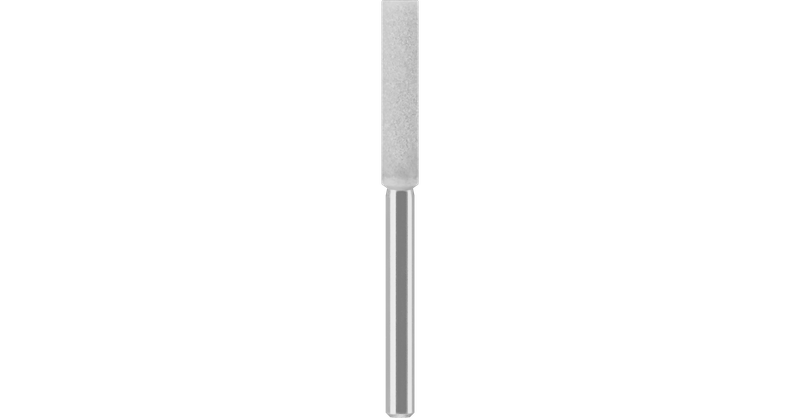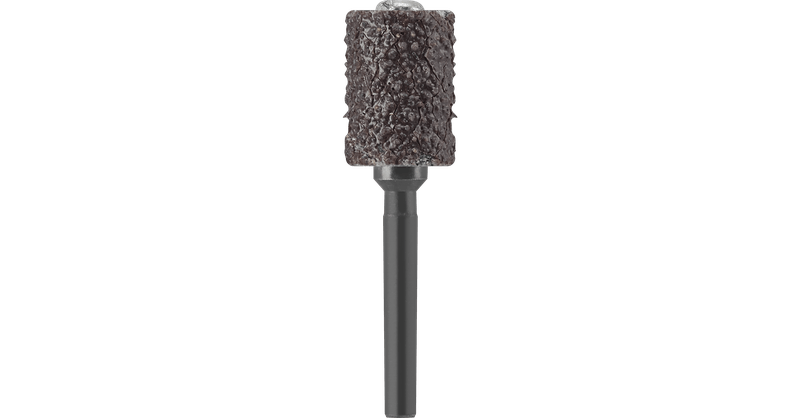Since mid summer, I've delved into higher end pen kits, fountain pens and roller balls. I also started working with a variety of these faux stone blanks. I've had some problems, especially with these Triton kits that people seem to want (I have some cambridge as well that most people seem to find too large). The blanks crack when compressing the pen parts into the tubes...especially with the Triton where there is a long black plastic threaded insert that needs to go rather far into the cap tube.
I received some recommendations a while back to thin out the tube walls to the point where the pen parts are just about a slip fit, and glue them in place. I've got another pen to make today, for a friend as a gift to his wife. So I need to make sure that there is no cracking with this one. It is another Triton kit, and it is another one of these marbled gold blanks, which was the first one I had problems with about a month back. I'm wondering how best to thin out the walls of the tube. I have some small files that might do the trick, but it seems like a lot of imprecise manual work, especially for the cap, and I am wondering if anyone has any other more efficient and precise options. I thought about drilling...but I am worried that would really just shred the tube, rather than actually thin the walls.
I received some recommendations a while back to thin out the tube walls to the point where the pen parts are just about a slip fit, and glue them in place. I've got another pen to make today, for a friend as a gift to his wife. So I need to make sure that there is no cracking with this one. It is another Triton kit, and it is another one of these marbled gold blanks, which was the first one I had problems with about a month back. I'm wondering how best to thin out the walls of the tube. I have some small files that might do the trick, but it seems like a lot of imprecise manual work, especially for the cap, and I am wondering if anyone has any other more efficient and precise options. I thought about drilling...but I am worried that would really just shred the tube, rather than actually thin the walls.


